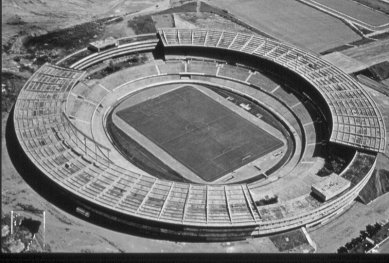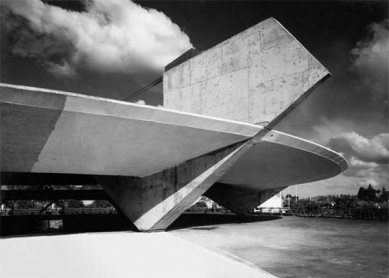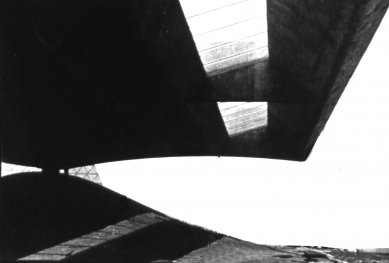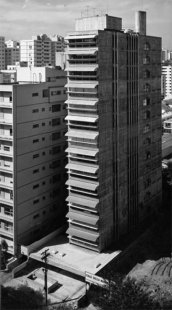
<Předání Pritzker Prize 2006> <Delivery of the Pritzker Prize 2006>
 |
Brazilian architect Paolo Mendes da Rocha received the Pritzker Prize for 2006 on Tuesday, May 30, in Istanbul. He became the second Brazilian and the 29th overall recipient of this award, which is funded with $100,000 from the Hyatt Foundation, which announced this year’s winner on April 9. Mendes da Rocha's brutalist work gained broader recognition in July 2000 when he received the Mies van der Rohe Award. The sculptural elegance and materials used in his work bear resemblance to that of over twenty years older Oscar Niemeyer. Both have managed to breathe lightness and beauty into raw concrete like few others. Similarly, their Uruguayan colleague Eladio Dieste was able to give poetic qualities to ordinary brick.
Paulo Mendes da Rocha, who is reluctant to talk about his architecture and prefers to be called Paulinho (little Paul), was born in 1928 in the port city of Vitória. He spent part of his childhood on the then-still-idyllic island of Paquetá in Guanabara Bay in Rio de Janeiro. Since the 1950s, he has lived in São Paulo. Shortly after his studies, he won a competition for a giant sports complex in São Paulo and in 1969 also gained international attention with the Brazilian pavilion at Expo '70. As a professor at the architecture school at the University of São Paulo, he influenced several generations of students with his social and humanistic views. In 1969, Mendes was forced to resign from his position due to the dictatorial regime and returned to the school only in 1980, where he continued teaching until his retirement (1999). Today, seventy-seven-year-old Mendes is still active as an architect and designs large urban complexes.
Similar to Oscar Niemeyer, Rocha is also a strong communist. Despite their age, both continue to comment on and criticize events in the Brazilian architectural scene. I add one of Rocha's opinions: “I love favelas (Brazilian slums), they are an example of intelligent urbanism. The courage of our people, who create these urban forms on their own, is commendable. People say they do not wait for the city to be finished and they already camp in it. The people there have great self-confidence. They express themselves clearly and politically sharply: We want to stay here, we want to live well, we have wishes and hope.”
The English translation is powered by AI tool. Switch to Czech to view the original text source.




0 comments
add comment










